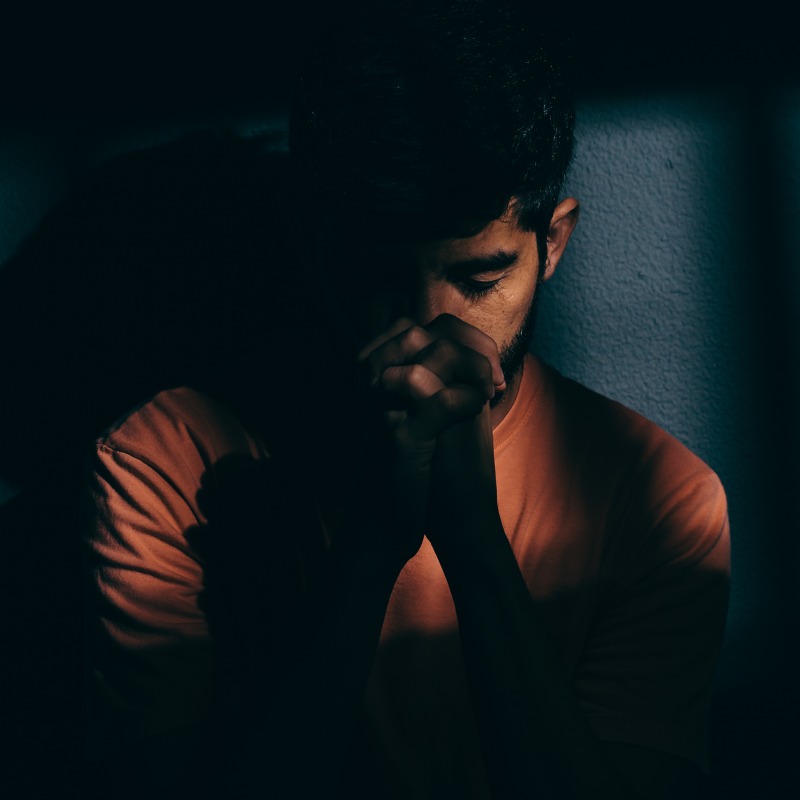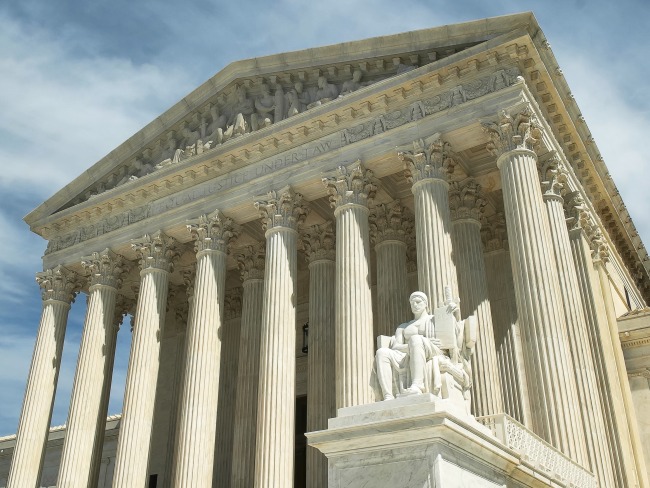

Sentencing Reform
Extreme Sentences for Youth and Emerging Adults
Despite a wave of reforms across America that reduce the use of juvenile life without parole (JLWOP) sentences, thousands of youth and emerging adults have been left behind even though their sentences are essentially the same. Our new brief, “Still Cruel and Unusual: Extreme Sentences for Youth and Emerging Adults,” argues for extending the sentencing relief available in JLWOP cases to those serving other forms of life imprisonment for crimes committed in their youth.
Key Publications
There may be those who make the argument that someone has been incarcerated so long that they cannot function in society, so they should remain in prison. Shame on us if we’ve incarcerated someone so long that it becomes a reason why they need to continue to be incarcerated. Shame on us if we’re not preparing people to come out into society.

Oversight Hearing on Clemency and the Office of the Pardon Attorney
Senior Fellow William “Bill” Underwood testified before the House Judiciary Committee about the need for Congress to provide more opportunities for second chances for people serving extreme sentences.

Why Are We Incarcerating Domestic Violence Survivors?
This webinar reflects on how the growth of mass incarceration drives the criminalization of survivors of domestic violence.
Sentencing Reform
Prison sentences are longer and imprison more people in the United States than anywhere else in the world. Modern use of mass incarceration began 50 years ago leading to an unprecedented and expensive prison build up, inadequate investment in social structures, limited improvement in public safety, and the upheaval of families and communities, particularly for Black and brown Americans. Help us spread the word on social media about ending mass incarceration to advance racial justice and to create a criminal legal system rooted in justice.
-
Over half
Over half of the U.S. prison population is serving a sentence of 10 years or longer.
-
1 in 7
people in U.S. prisons are serving a life sentence.
-
475%
The number of imprisoned women increased from 26,000 in 1980 to 153,000 in 2020—a 475% increase.

The COVID-19 Safer Detention Act and the First Step Implementation Act
Two bipartisan bills have the potential to reduce mass incarceration, reunite families, and better guarantee the health and safety of the federally incarcerated population.






